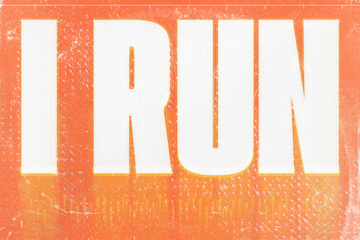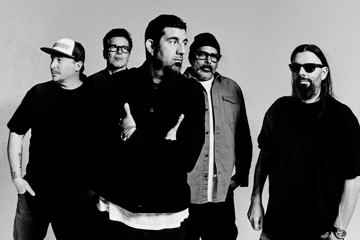Remembering Nicolas Roeg: The Director Who Brought Bowie & Jagger To The Big Screen
A bold and unforgettable career.
Death: it’s inevitable, and it kind of sucks a lot of the time, but it also provides those left behind with opportunities for appraisal and appreciation and reflection and clarification. That’s especially the case when you look back at an artist’s body of work, their impact on the culture and their lasting influence.
It’s been a rough couple of weeks for movie lovers in this regard, what with the loss of screenwriter and author William Goldman (who penned The Princess Bride, All the President’s Men and Butch Cassidy and the Sundance Kid, as well as Adventures in the Screen Trade, one of the truly great books about the machinations of show business) and actor and magician Ricky Jay, whose rumpled presence, simultaneously wise and streetwise, added marvellous texture to films by Paul Thomas Anderson, Christopher Nolan and David Mamet.
And now we’ve lost Nicolas Roeg at the age of 90.
Roeg was very much an artist of his time, and fortunately for him and us, that time was the late 1960s through to the early 1980s. Now, a couple of things before we continue: yes, Roeg’s career extended beyond that period but he was in his prime during that time. (In the interests of full disclosure, I will admit that my exposure to Roeg’s late-career work is patchy at best, so this article will focus on his better-known work.) And yes, there has always been innovation, experimentation and flirtation with the avant-garde in the world of film but it would seem that mainstream audiences were especially curious and willing to embrace new styles, approaches and techniques during that time.
Stylistically, Roeg was bold. He reportedly clashed with David Lean, master of the old-school epic, when he was hired as director of photography on Lean’s Doctor Zhivago after they first worked together on Lawrence of Arabia, and Roeg’s urge to push the boundaries of what cinema could convey is evident in his first film as director, the psychedelic gangster-meets-rock-star freakout Performance, which so confounded its studio, Warner Bros, that it was kept out of theatres for two years while they figured out how to re-assemble and market it. Performance is disorienting and disturbing in the best possible ways, a descent into debauchery where the abyss you gaze into (and that gazes back at you) takes the form of Mick Jagger at his most louche. It’s unforgettable, really.
Don't miss a beat with our FREE daily newsletter
Roeg had fruitful creative relationships with musicians – Jagger has never been more alive onscreen than in Performance, David Bowie’s performance in The Man Who Fell To Earth is beautifully odd and vulnerable, and let’s not even get started on Art Garfunkel in Bad Timing. He also worked with Pink Floyd’s Roger Waters on a number of videos and short films for Waters’ solo album The Pros And Cons Of Hitch Hiking.
In his next handful of films, Roeg’s style would be accompanied by a distinctive view of humanity, one that depicted sexuality and sensuality with a frankness emblematic of the era and saw it as a positive expression of the life force (more about Don’t Look Now in a sec) or something dangerous and destructive if left unexamined or unchecked (that’s basically his 1980 movie Bad Timing, starring Art Garfunkel and Theresa Russell as the ultimate dysfunctional couple, which its own distributor dissed as “a sick film made by sick people for sick people”!).
Roeg didn’t make it easy for audiences, even those audiences open to complicated, confronting material. His explorations of love, death, sex, nature, human frailty, grief and other messy subjects generally implied and often flat-out shouted that something sinister and malignant was lurking around the corner – or worse, deep within yourself – to trip you up and shake up your view of everything.
Films like the outback odyssey Walkabout (1971), the Venice-set gothic Don’t Look Now (1973) and the haunting Man Who Fell to Earth (1976) – my personal favourite of Roeg’s films – make it clear that connection and compassion are possible, and a great solace in times of confusion, loneliness, isolation and pain. But his characters are also susceptible to hostile, volatile, unpredictable external forces, not to mention their own worst impulses.
They may not sound like ideal viewing for an evening of Netflix and chill, but Nicolas Roeg’s best films – and even his intriguing misfires, like the ambitious Eureka (1983) – operate as both curious of a daring and adventurous time in cinema and timeless expeditions into the deepest, darkest recesses of human nature.
By the way, if you want a good five-minute primer to the work of Nicolas Roeg, check out Big Audio Dynamite’s E=MC2.







